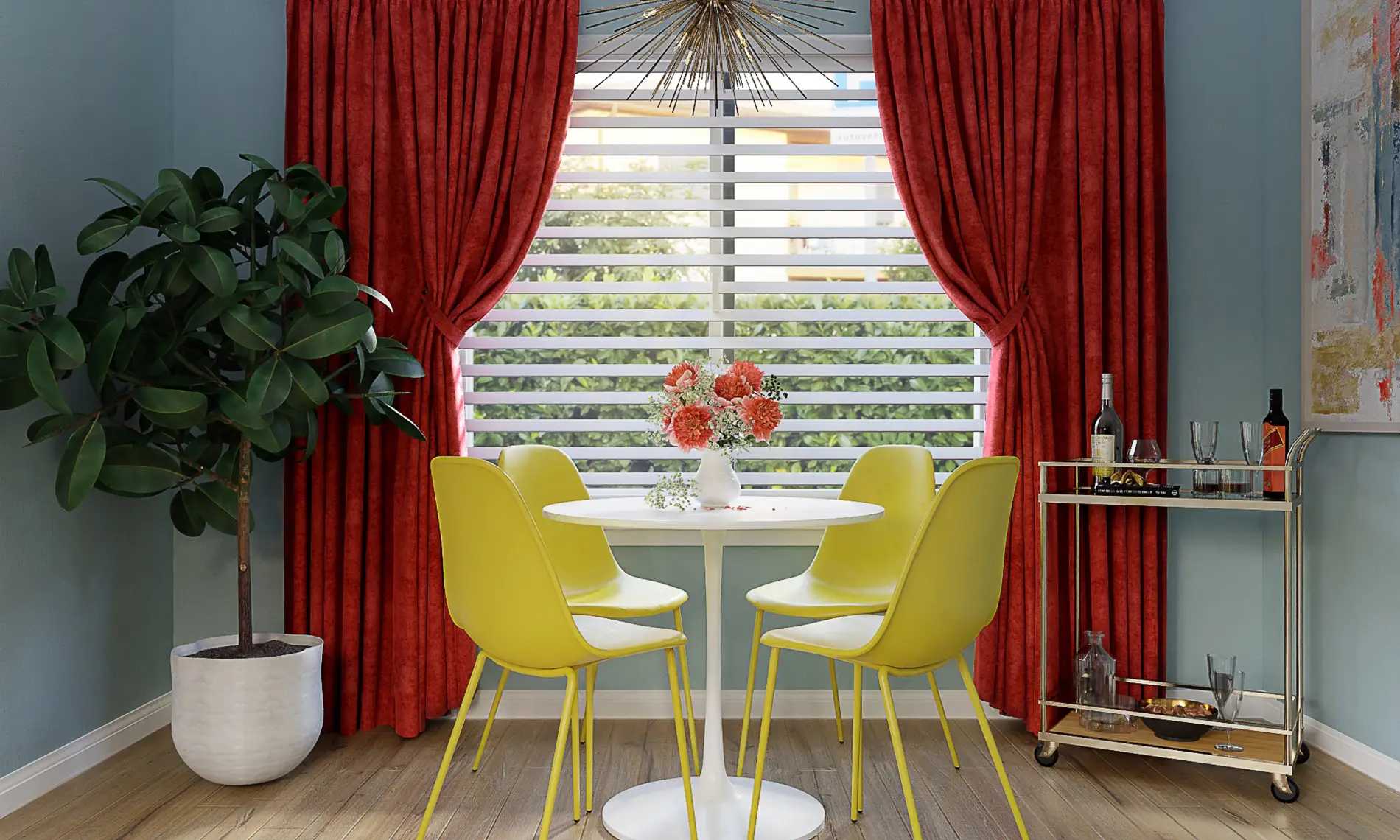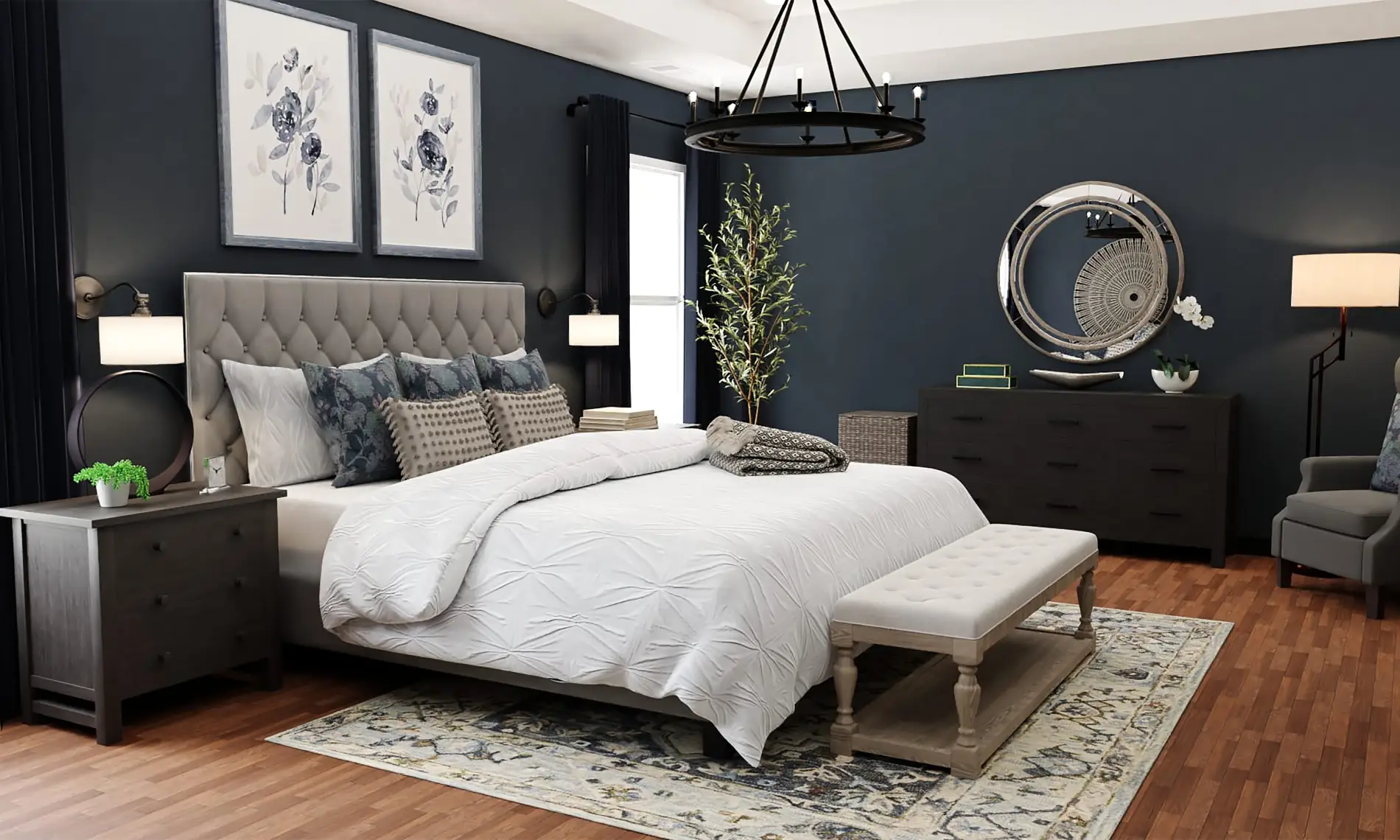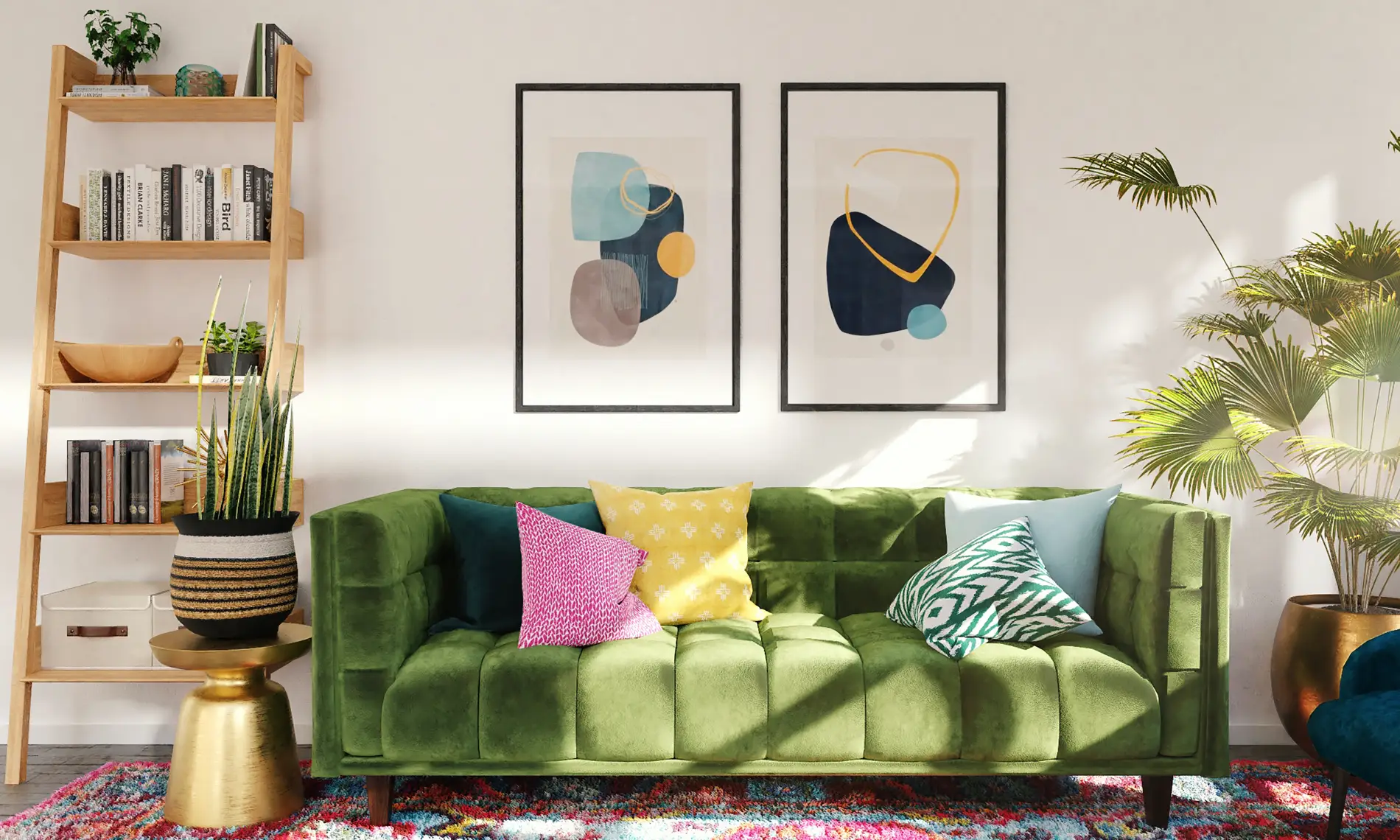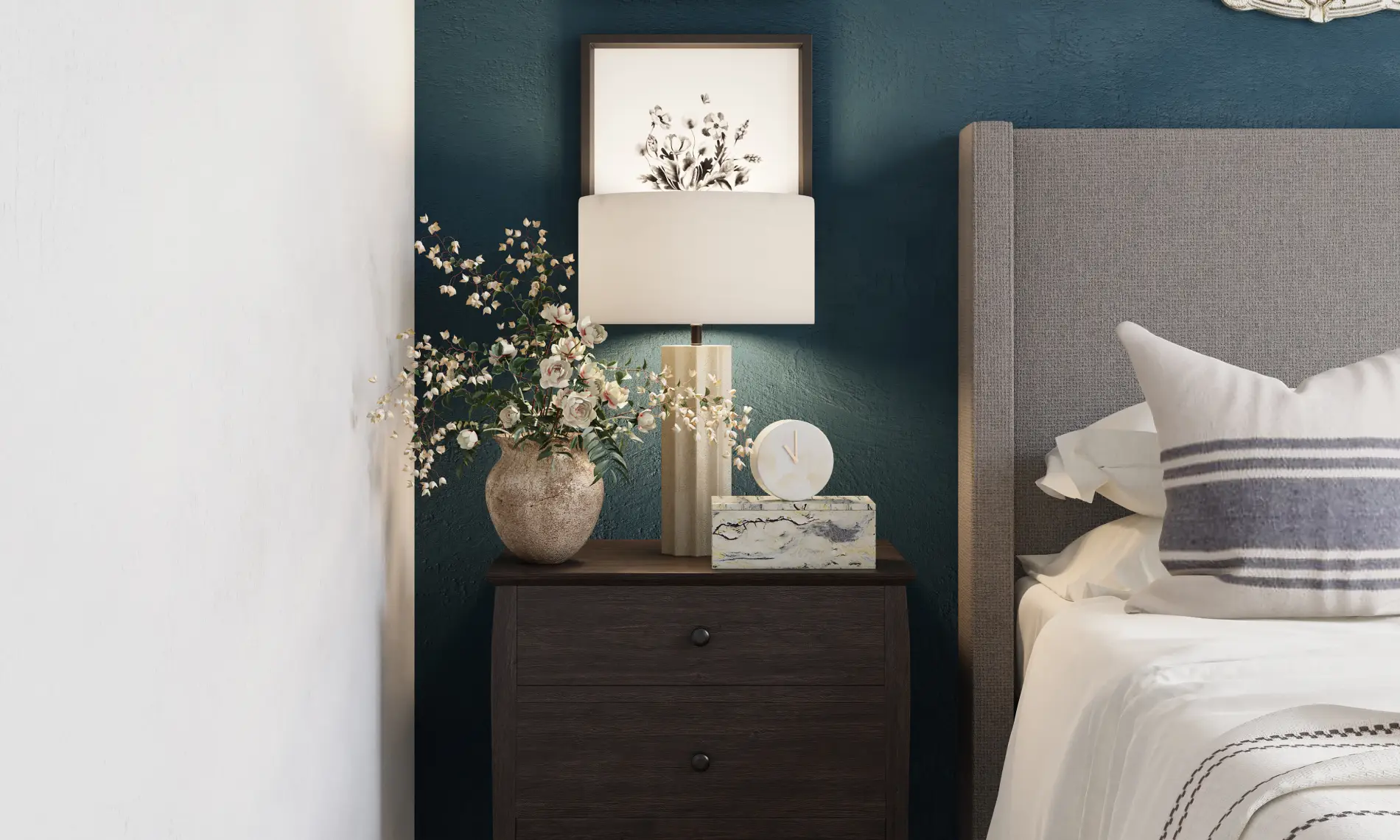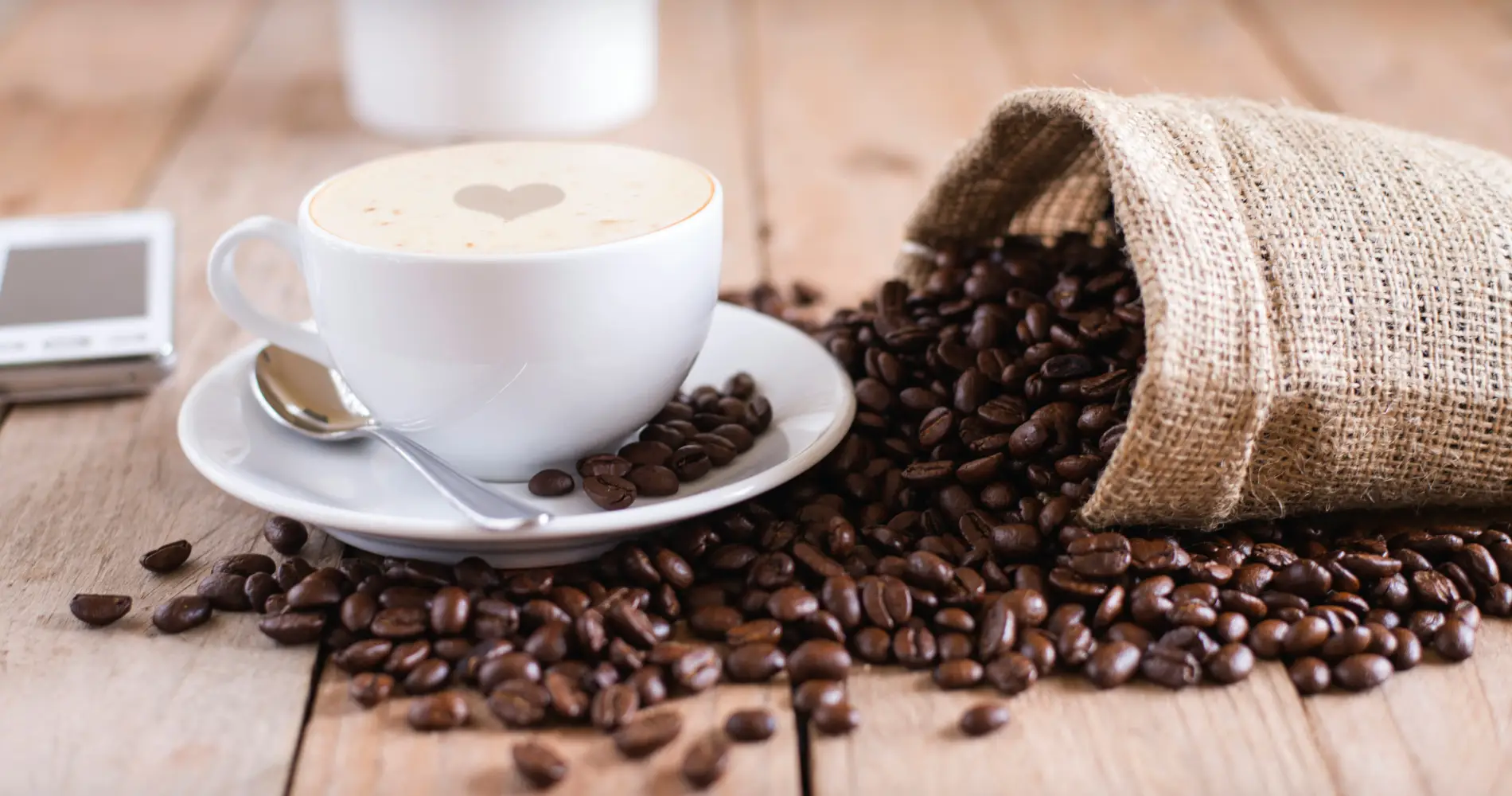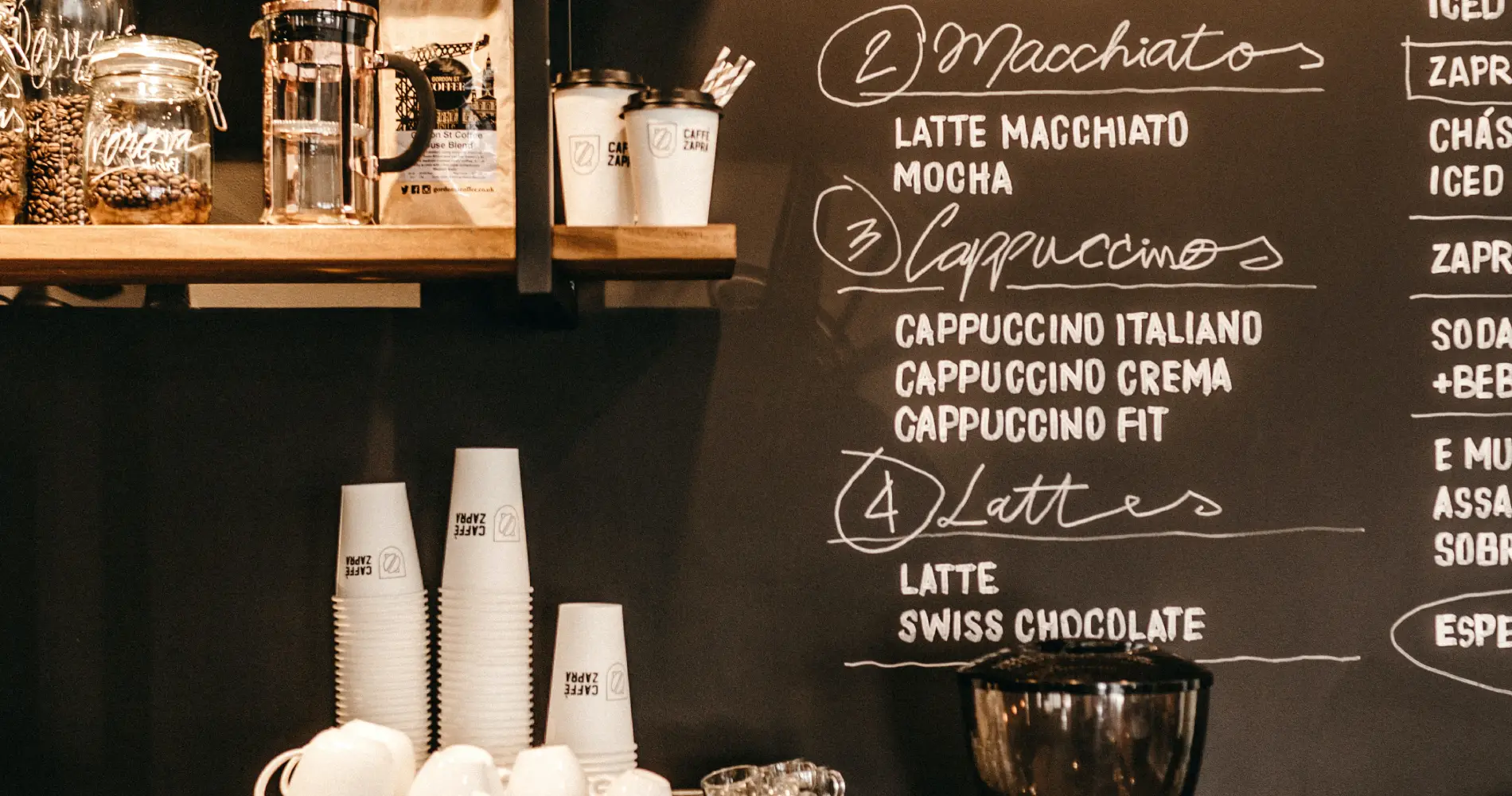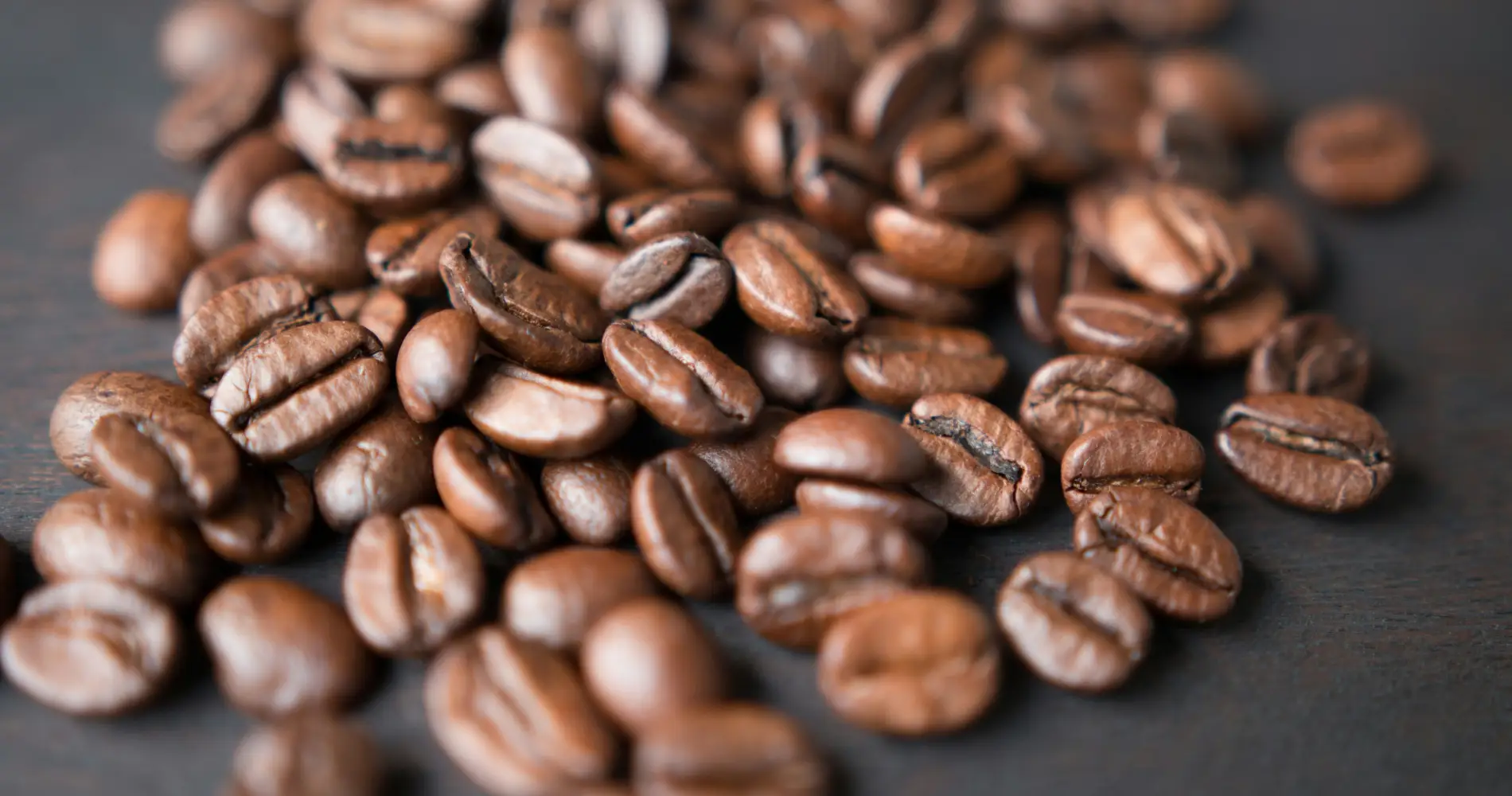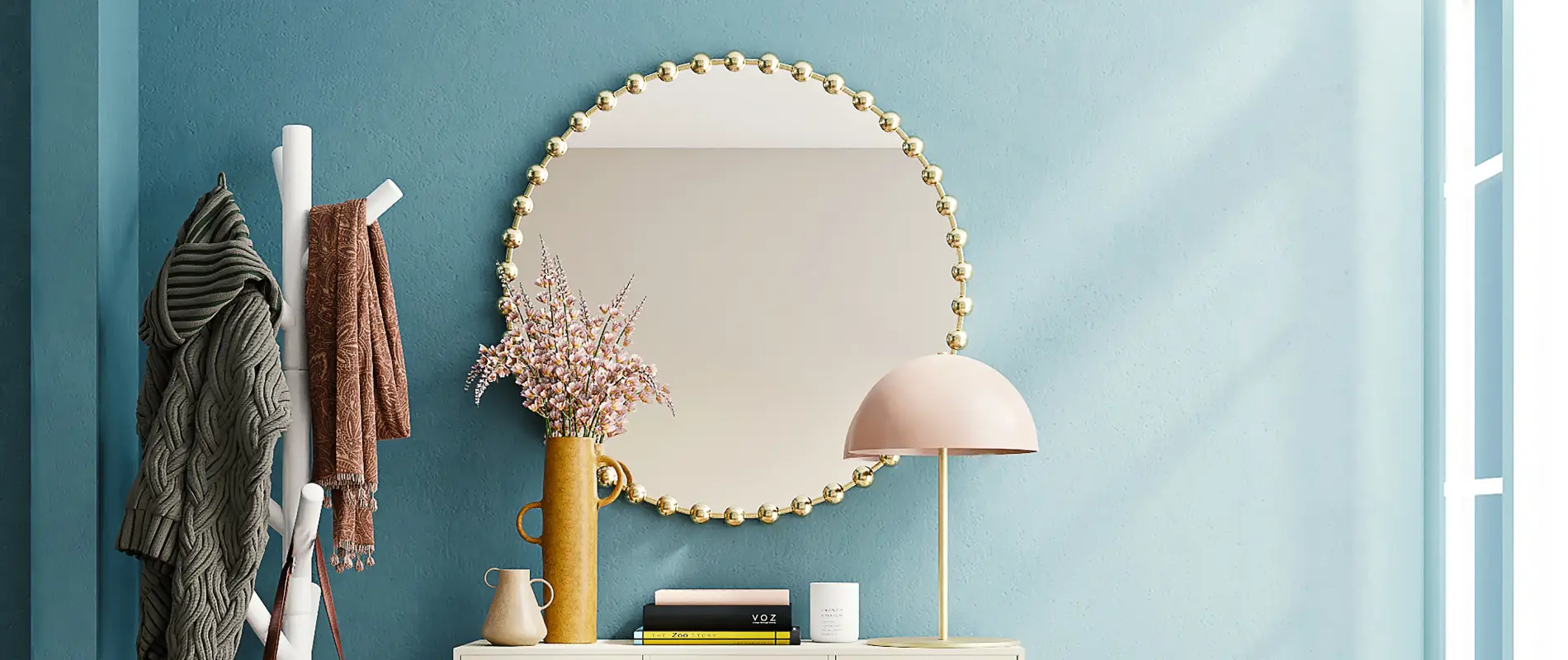
Tag: Blog
Build WordPress sites with MaxiBlocks. All features free forever. No locked functionality. Optional Cloud Library saves you 10+ hours per project. Start free
A comprehensive guide to WordPress blog design
WordPress is a popular choice for creating blogs, thanks to its flexibility and many features. Good blog design is important for keeping visitors engaged and coming back for more. This guide will explore various aspects of WordPress blog design, helping designers and creators create a blog that looks great and works well.
Understanding the different parts of a blog
A blog consists of several key components that work together to deliver content effectively. Understanding these parts can help designers create a more cohesive and engaging blog experience. Here are the main elements:
-
Header: This is the top section of the blog, usually featuring the blog title, logo, and main navigation menu. It sets the tone for the blog and provides easy access to important sections.
-
Main content area: This is where the blog posts are displayed. Each post typically includes a title, body text, images, and any multimedia elements. The main content area is the heart of the blog, where visitors engage with the material.
-
Sidebar: A sidebar is an optional area alongside the main content that can contain widgets, such as recent posts, categories, or social media links. Sidebars can help guide visitors to additional content or features.
-
Footer: The footer is the bottom section of the blog, often containing copyright information, links to important pages, and contact details. It serves as a final point of reference for visitors.
-
Comments section: This area allows visitors to leave feedback or engage in discussions about individual posts. Encouraging comments can help build a community around the blog.
How to write an engaging post
Writing engaging blog posts is crucial for capturing readers’ attention and keeping them interested. Here are some tips to consider:
-
Know the audience: Understanding the target audience helps tailor content to their interests and needs. This connection can make posts more relatable and valuable.
-
Create catchy headlines: The title of a post is the first thing readers see, so it should be attention-grabbing and clearly convey the post’s topic.
-
Use a conversational tone: Writing in a friendly and approachable manner makes the content easier to digest and more enjoyable for readers.
-
Include visuals: Images, videos, and infographics can break up text and make posts more visually appealing. Visual content also helps illustrate points and keeps readers engaged.
-
Tell a story: Sharing personal experiences or anecdotes can make a post more relatable and memorable. Stories often resonate with readers and encourage them to connect with the content.
How to make a post go viral
While there is no guaranteed formula for creating viral content, certain strategies can increase the chances of a post being widely shared:
-
Tap into current trends: Writing about trending topics or news can attract attention and increase the likelihood of sharing. Staying updated on industry news can help identify these trends.
-
Encourage sharing: Adding social sharing buttons makes it easy for readers to share content on their platforms. A clear call to action asking readers to share can also encourage more engagement.
-
Engage with readers: Responding to comments and engaging with the audience can help foster a sense of community, leading to increased sharing and loyalty.
-
Collaborate with others: Partnering with other bloggers or influencers can introduce content to new audiences. Guest posts and cross-promotions can expand reach significantly.
How to design a WordPress blog
Designing a WordPress blog involves careful consideration of various elements to create an appealing and functional layout. Here are some key aspects to focus on:
-
Colour scheme: Choosing the right colours is essential for establishing the blog’s personality. Designers should consider the emotions that different colours evoke. For instance, blues can create a calming effect, while reds can be energising. A consistent colour palette that aligns with the blog’s theme can enhance brand recognition.
-
Typography: Selecting appropriate fonts is important for readability and style. Designers should use easy-to-read fonts for body text and consider a contrasting font for headings. Maintaining a consistent typography hierarchy helps guide readers through the content.
-
White space: Leaving enough white space around elements can improve readability and prevent the blog from feeling cluttered. Proper spacing helps highlight important content and gives the design a clean, modern look.
-
Imagery: High-quality images can make a blog visually appealing. Designers should use relevant images that complement the content and maintain a cohesive style throughout the blog. Using a mix of images, infographics, and videos can also enhance engagement.
-
Layout: The layout of the blog should be user-friendly, allowing visitors to navigate easily. A clear structure helps readers find what they are looking for without confusion. Designers can experiment with different layouts to find the one that works best for their content.
Choosing the right WordPress theme
Selecting the right theme is one of the first steps in designing a WordPress blog. A theme determines the overall look and feel of the site. There are many free and premium themes available, each with its own set of features and styles. When picking a theme, it is important to consider how well it matches the blog’s content and goals. Resources for finding themes can be found in the free WordPress themes section.
Customising your blog design
Once a theme is chosen, it is time to make it personal. WordPress offers various customisation options, allowing designers to change colours, fonts, and layouts. The block editor in WordPress makes it easy to add design elements like images, videos, and buttons. By using WordPress block themes, designers can create a unique look that fits the blog’s personality.
Responsive design
With many visitors using mobile devices, it is important to ensure that a blog looks good on all screen sizes. Responsive design allows a blog to adjust its layout based on the device being used. This approach not only improves the appearance of the blog but also helps keep visitors engaged. More information on responsive design can be found in the article on responsive WordPress design.
Full site editing (FSE)
Full Site Editing (FSE) is a newer feature in WordPress that allows designers to customise the entire site, not just individual posts or pages. This flexibility gives designers more control over how their blog looks and functions. It is worth exploring WordPress Full Site Editing themes for those interested in taking advantage of this feature.
Utilising WordPress patterns and templates
WordPress patterns and templates can make it easier to design a blog. Patterns are pre-designed sections that can be added to posts or pages, saving time and effort. The Maxi Blocks pattern templates provide a variety of options for designers looking to create visually appealing layouts without starting from scratch.
Navigation menus and user experience
Good navigation is vital for any blog. A well-organised menu helps visitors find the content they are looking for without frustration. It is important to keep menus simple and clear, using labels that accurately describe the content they link to. Designers can learn about creating effective WordPress navigation menus to improve site usability.
Enhancing blog functionality
Plugins can add extra features to a blog, making it more functional and engaging. There are many plugins available that are compatible with block themes, which can enhance design and usability. A selection of block compatible themes and plugins can help designers expand their blog’s capabilities.
Budgeting for blog design
Designing a WordPress blog comes with costs, especially when considering premium themes and plugins. It is important for designers to have a clear understanding of these expenses. Guidance on how much it typically costs to design a website on WordPress can be found in the article on the cost to design a website on WordPress.
Getting started with WordPress blog design
For those new to WordPress, getting started can feel overwhelming. However, there are plenty of resources available to guide new designers. A helpful starting point is the Getting started with WordPress guide, which covers the basics of setting up a blog.
Designing a WordPress blog is an exciting journey that combines creativity and functionality. By choosing the right theme, customising the design, and focusing on responsive layouts, designers can create a blog that not only looks good but also serves its purpose well. This guide provides a foundation for anyone looking to design a successful WordPress blog.
Call to action
Readers are encouraged to share their blog design experiences or any questions they may have in the comments section.

